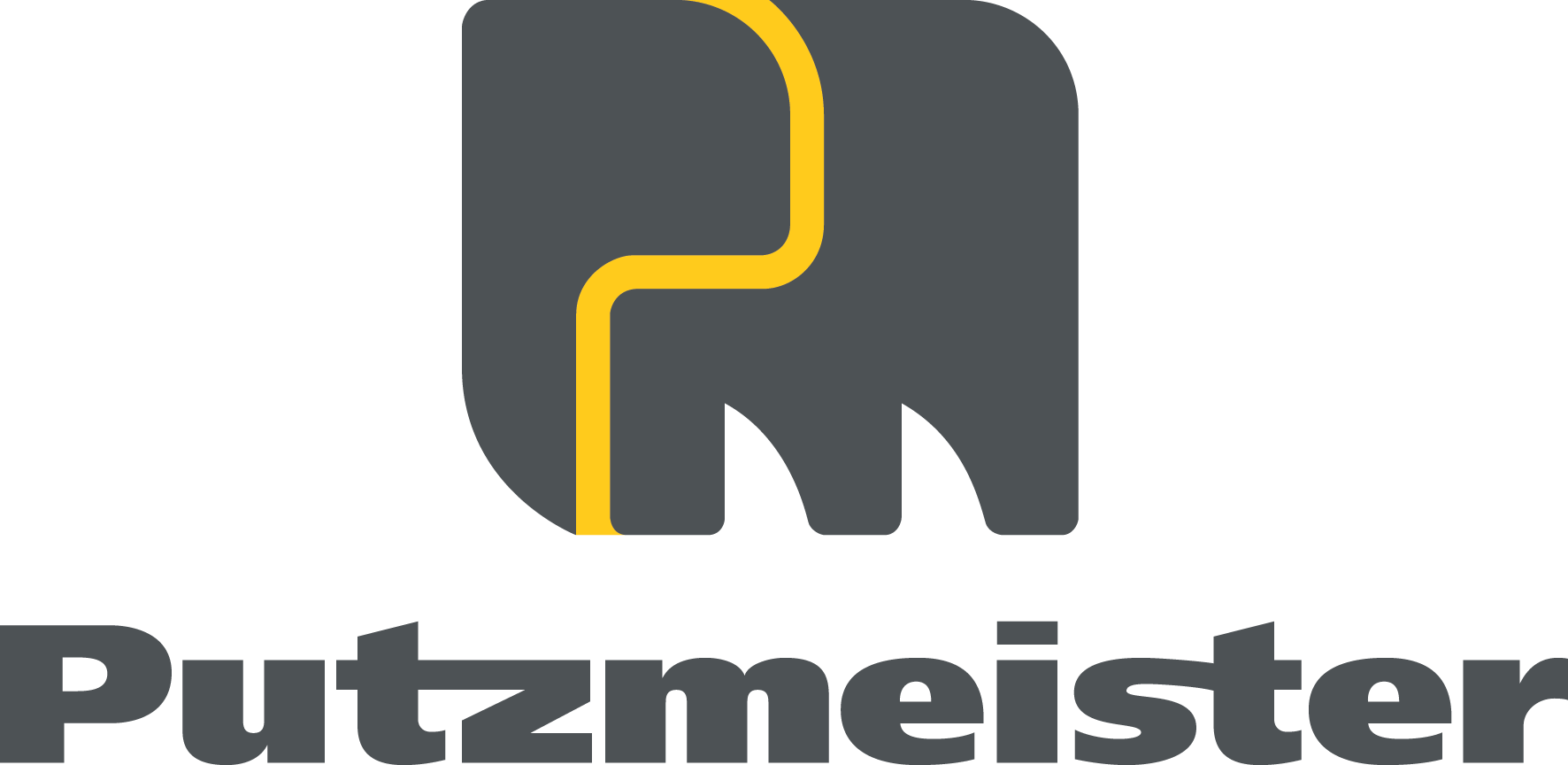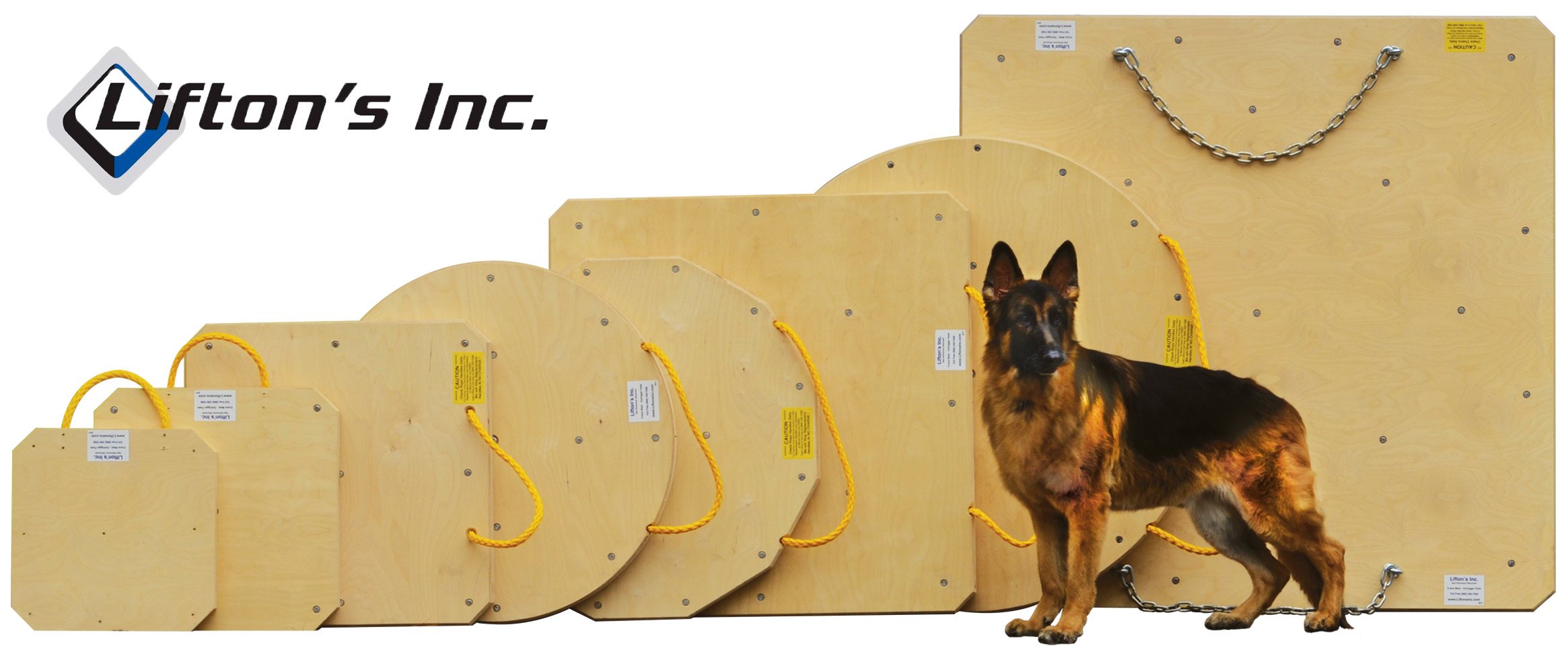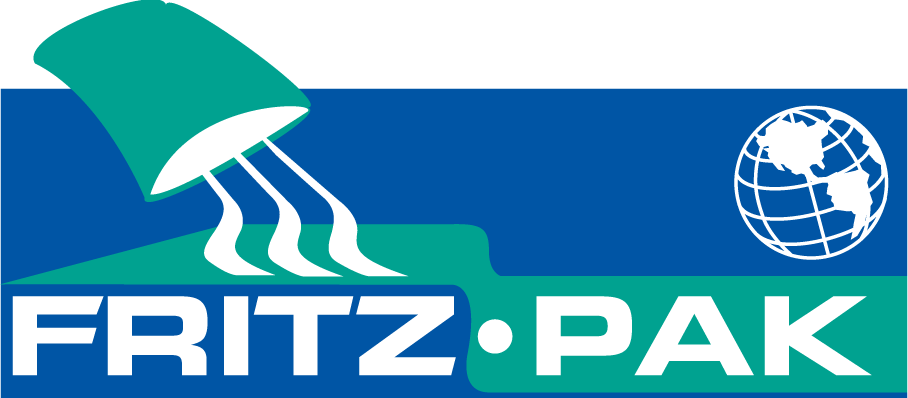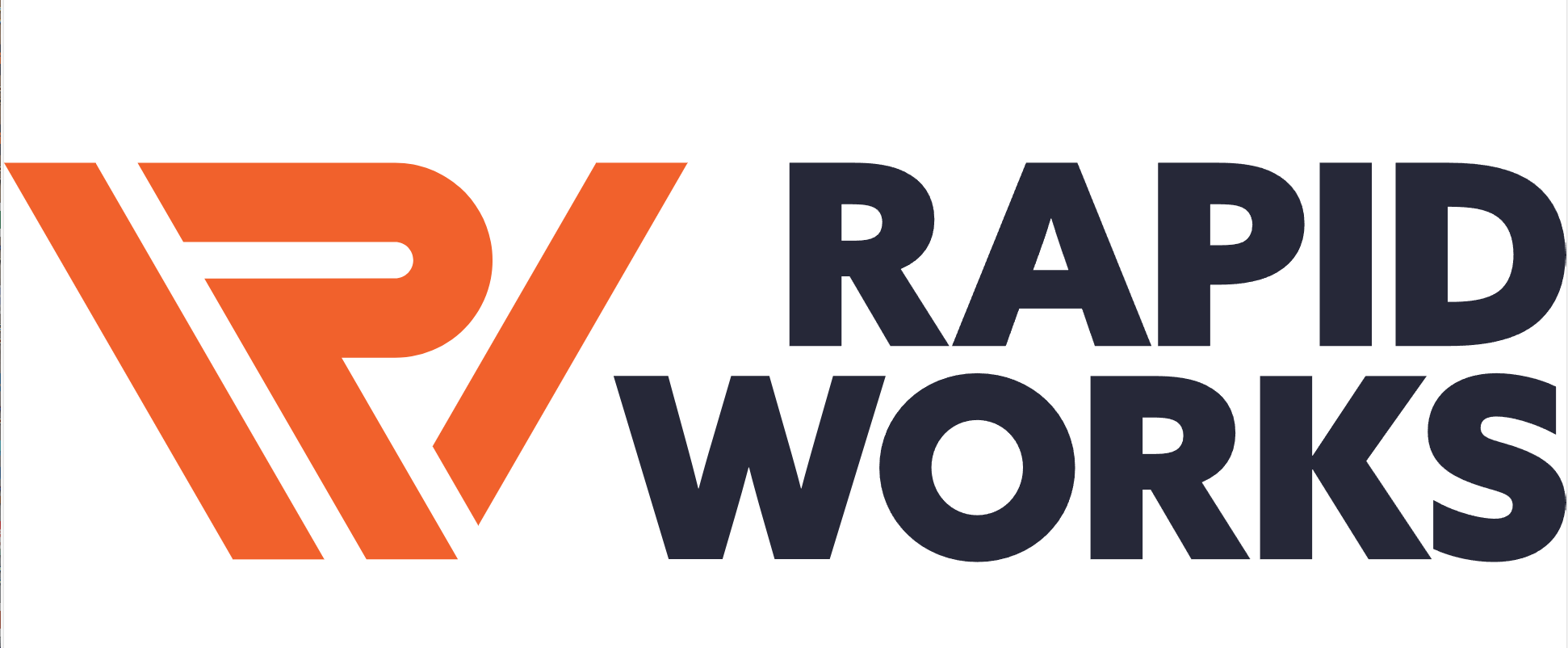Concrete Parking Ramp At Center Of Facility Expansion 11/3/2008
Concrete Parking Ramp At Center Of Facility Expansion Four-story underground ramp central, as software company doubles campus size. Story and photos by Mike Larson, editor -- Western Builder, 11/3/2008
Tower-mounted and truck-mounted concrete booms pour a section of deck for the new 385-foot by 491-foot parking structure at Epic Systems headquarters in Verona, WI. All of the concrete placement booms are owned by Gordy’s Concrete Pumping, including the red unit that has not yet been painted in Gordy’s standard blue. Photo courtesy of J.P. Cullen & Sons, Inc.
J.P. Cullen & Sons, Inc., Janesville, WI, is the general contractor and construction manager building a multimillion-dollar, fast-track expansion that will approximately double the size of the headquarters campus for Epic Systems Corporation in Verona, WI.
Project Will Consolidate Workers At Larger Headquarters Epic Systems is a medical-software company that serves customers worldwide from its Verona headquarters near Madison, WI.
The company has approximately 3,200 employees working in the Madison area. About 1,800 work at the existing Campus 1 headquarters in Verona, while about 1,400 other employees are scattered in leased offices throughout metropolitan Madison.
The site also has a training center, complete with auditorium, which is used to educate employees and customers 51 weeks a year.
Epic Systems is now constructing Campus 2 on the same property as Campus 1 in order to consolidate its entire workforce in one location.
J.P. Cullen's Project Executive Jim Schumacher explains, “This fast-track project requires that we construct a major parking ramp, four buildings, and supporting utilities in 14 months to meet Epic's timetable. It is an exciting project that offers many challenges, both in logistics and incoordination.”
The facility's three new 150,000-square-foot buildings and one 177,000-square-foot building will be clustered around the 752,212-square-foot underground parking ramp and be connected by tunnels. The entire headquarters complex will be heated and cooled by one of the country's largest geothermal fields, comprising some 1,600 wells.
Says Schumacher, “There is a lot of work going on in a small area, both above and below ground. Sequencing the work properly and coordinating the 40 subcontractors working here is extremely important because every part of the project affects all the others.”
At its peak, the project will see as many as 700 workers from Cullen and its subcontractors working at once on the site.
An aerial view of the job site earlier in the project shows the size of the excavation for the parking ramp, visible at center-left. The existing Campus 1 is in the background and the learning center is at right. The four new buildings will be built on the near side of the parking ramp. Photo courtesy of J.P. Cullen & Sons.
Site Presents Soil Challenges One of the challenges is dealing with a wide variety of soil conditions that can change rapidly in just a few feet.
Cullen's project manager on the job, Cory Huschka, says, “We've encountered everything from rock so hard it has had to be blasted, to clay, sand and voids, often within a few feet of each other.”
Huschka says that sample borings help determine what kinds of soil will be encountered before work on an area begins, and that all of the varying soils can be of use. “Fortunately,” he says, “we expect to use all the material we've excavated from various areas as fill elsewhere on the job.”
Underground Concrete Garage Largest Structure Of Project Front and center on the campus is a huge, four-level underground parking garage that will house 2,050 parking spaces.
Though no one will ever see it from the surface after it is completed, the parking ramp is the largest structure in the expansion and one of the largest in the complex.
Stretching four stories deep and measuring 383 feet by 491 feet, the 752,212-square-foot parking ramp will feature four driving tunnels, and be connected to the training center and nearby buildings by six pedestrian tunnels.
Even during Wisconsin's most harsh winter weather, when snow piles up and icy winds whip the landscape, Epic employees and guests will park underground, beyond the weather's reach, and walk to the facility's buildings in climate-controlled comfort.
Garage Is Extensive Project, Built Entirely Of Concrete The parking ramp's structure is made of 32,000 cubic yards of poured concrete reinforced with 2,000 tons of rebar. Its perimeter is enclosed with wall panels of precast concrete.
Construction of the parking ramp began when rock was blasted and excavated to form a 500-foot by 400-foot by 40-foot hole in which to build it.
Controlled blasting yielded relatively uniform pieces of rock measuring about 3 feet by 2 feet, which were stockpiled and are being crushed for use as fill in utility trenches and other parts of the site.
Cullen subcontractor VEIT, Milwaukee, WI, then drove 800 micropiles into the bottom of the hole to support the massive concrete structure it was about to construct.
All of the concrete columns, beams and slab decks were constructed using conventional forming and pouring. Several of the deck pours were more than 1,000 cubic yards each.
All of the ready-mix concrete for the entire campus expansion is being provided by Lycon, Inc., Janesville, WI, including all of the concrete used to build the parking structure.
Gordy's Concrete Pumping, Sussex, WI, handled all of the pumping for the parking structure.
Because the parking structure's decks were so large, Gordy's supplemented its boom-equipped pumping trucks with concrete booms mounted atoplattice towers within the structure. The trucks pumped concrete as far as they could reach, and the tower-mounted booms placed concrete for the central areas beyond the reach of the truck-mounted booms.
The interior concrete booms were fed by piping from outside the excavation to the booms atop the lattice stands, with high-pressure pumping trucks feeding concrete through the system.
Rhythm And Technology Yield Fast Pace Constructing all four stories of parking deck took a total of 32 pours. According to project manager Cory Huschka, the crews averaged 25,000 square feet about every two and a half weeks.
Says Huschka, “We would make about two pours a week for two consecutive weeks, then make one pour the third week. The cycle included the usual forming, rebar tying, pouring, finishing, and form stripping.”
That pace was made possible in part by Cullen's use of concrete maturity meters that told when the concrete had cured enough for the forms to be stripped.
“When the meters indicated the concrete had hardened enough, we broke a test cylinder to confirm it,” said Huschka. “Being able to move ahead at the earliest appropriate time helped us keep a fast-track schedule.”
When the roof over the top parking level has been completed and the edges of the excavation around the garage have been backfilled and compacted, the roof will be covered with a membrane and dirt, then planted as a green space.
Other Features Of Project Are “Green,” Too In addition to the underground parking with green space above, the Epic expansion has other features that make it a “green” project.
The office buildings will be heated and cooled by a geothermal system, as mentioned earlier. In addition, they will make extensive use of daylight forillumination, with supplemental lighting controlled by daylight sensors and occupancy sensors.
Building K will be submitted for Leadership in Energy and Environmental Design (LEED) certification.
Collaboration, Coordination And Communication Are Key Project Executive Jim Schumacher says, “To meet the tight, 14-month deadline on this design-build project, everyone involved must have trusting and communicative relationships that enable rapid response and collaboration.”
“Fortunately,” says Schumacher, “we have that kind of team here. From owner, to designer, engineer, general contractor, subcontractors, and material suppliers, everyone is committed to working together to deliver an outstanding result, on time.”

_1.png)




















.jpg)
.gif)

.jpg)









.jpg)








